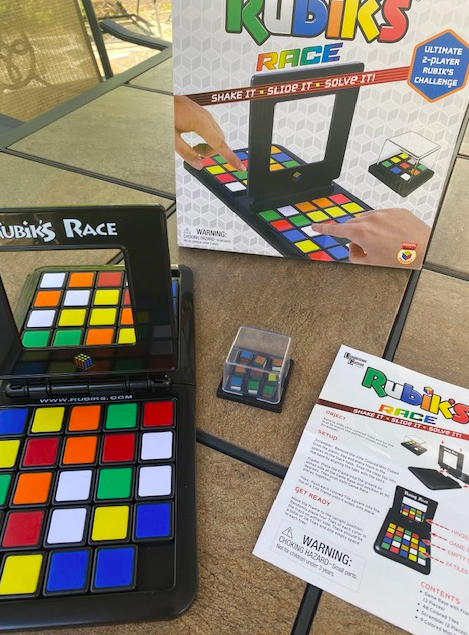Short Texts at Your Fingertips: Launching into Summer Reading
Written by Julie Wright & Elizabeth Keim
SHORT TEXTS AT YOUR FINGERTIPS: LAUNCHING INTO SUMMER READING
For the past ten weeks, we have offered a series called Short Texts at Your Fingertips. One or two times each week, we provided teaching ideas around a different type of short text that is easily found in the home, so that no family feels under-resourced. The ideas we have shared were easily integrated into any curriculum and pedagogy, from Workshop to basal. If you are a caregiver, teacher, or curriculum director, these brief but mighty texts and lessons are our way of saying thanks. And our way of giving children authentic and enjoyable reading and writing engagements each day. For some, summer is already in full swing. For others, summer is just a few short weeks or days away. Regardless of when your school year ends, it’s important that students of all ages keep reading and writing across the summer months. In this blog post we talk about the WHY and HOW to create voluminous readers this summer! Stay tuned for next week’s blog post where we wrap up this series talking about the WHY and HOW to create voluminous writers this summer!
SUMMER READING
Readers bring so much to the reading experience. We love chapter books and novels, but we also know that for some kids short, interesting texts will keep them reading. We think about reading as eyes on print - eyes on print - EYES ON TEXT. It doesn’t matter if you are reading a long text or a short one, reading often with many pages turning is what creates voluminous reading. We want kids to be in the driver’s seat so that they can create reading habits that last into adulthood. Choice helps kids to feel empowered. We often tell students that becoming a stronger reader requires building muscles. When we are building our basketball or soccer muscles, our karate muscles, our art muscles (or even cooking muscles), we have to practice in order to get better and stronger. The same is true for reading -- we get better at reading and build our reading habits when we read widely [lots of text types] and deeply (reading lots about a topic, idea, or author).
TRY THIS!
Step 1
Ask students what they want to read about. Do they want to read:
Fiction or nonfiction?
Short texts or novels/chapter books?
Books and texts by the same author or different authors?
With someone or on their own?
If you want to find out about students’ interests and curiosities, consider using one of these surveys:
Step 2
Ask students to set up a summer reading goal. Ask:
How many days each week will you read?
How many minutes will you shoot for each time you read?
If it’s helpful, ask students to set up a summer reading calendar outlining the days and times they plan to read.
Step 3
Ask students to identify different spots for their summer reading. Create a short list of places that might be a perfect reading nook such as:
Comfy chair
Snuggled up on a couch
On the porch or in the backyard
At the park on a bench
Under a favorite tree
In the car
On the beach or at the pool
On the airplane or train
In bed on a rainy morning
Step 4
Ask students to gather a stack of summer reading books and texts. Consider creating a stack and taking a picture of the spines to celebrate summer reading goal setting! Here’s an example:
Step 5
Visit the local library regularly (either online resources or if possible, in person). And, make sure all readers have their own library card!
Step 6
If it’s short texts that you are interested in, check out our blog series which is filled with lots of resources that can be found right at your fingertips!
And don’t forget to think about how you will make these short texts easy to access and use. Maybe you have a basket or tub filled with inviting short texts or longer texts with the short pieces bookmarked and ready to go at a moment’s notice. Or, if you have some printed short texts, fill a binder, manilla folder, or two-pocket folder so that you can store them easily and read them over and over again.
FOR MORE RESOURCES, CHECK THESE OUT!
If you want summer reading calendars with daily reading suggestions, check this out
Barnes & Noble Summer Reading Suggestions
Check out the Collaborative Summer Library Program which is filled with lots of resources
Summer reading book recommendations from the Association for Library Service to Children
School Library Journal’s Summer Reading Series: Best Reads All Summer Long
And..here’s a little something for the adults! Take a look at The New York Times Summer Reading List
COMING SOON!
Short Texts: Mighty Mentors That Move Readers and Writers Forward by Julie Wright & Elizabeth Keim (2022)



